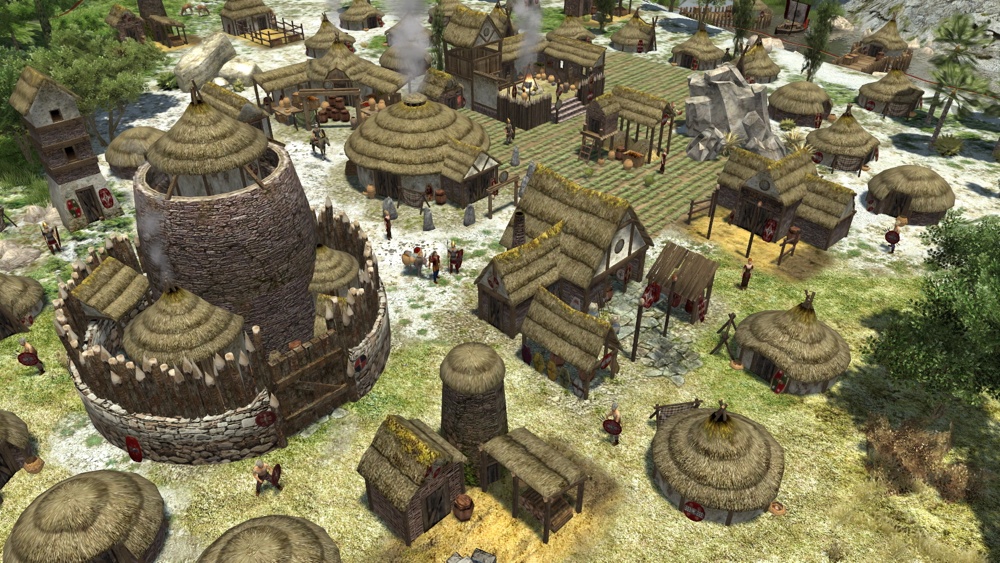

An actor declares callouts for models, textures, and animations, if applicable. The art assets are organized in XML files called ‘actors’, which define entities in the game. The alpha channel of the texture is used to define player color, object color, or transparency.
#0 AD GAEPLAY SOFTWARE#
Similarly, the 2D textures are exported though the paint software of your choice to a Direct Draw Surface (.DDS) file. The models and animations can be created in the software of your choice, as long as it capable of exporting COLLADA files (.DAE). Like the codebase, 0 A.D’s art is also “open source”. Contributors who make consistent contributions to the codebase are offered permissions to commit directly to SVN.
#0 AD GAEPLAY PATCH#
You could create a patch and submit it to us, and we’ll then review it and maybe suggest some changes or commit it to SVN. Our technical discussions are conducted on the forums and over IRC ( #0ad-dev on QuakeNet). We use Subversion for revision control, and Trac for documentation and issue-tracking.

If you do a good job over time, you’ll get inducted to the team anyway. We don’t want to hinder your progress with any applications. If you’re a programmer and you want to contribute to 0 A.D., just get your feet wet and get started. Anyone can download, build and run the latest version of the game. The engine itself is modular in design to provide maximal flexibility while still remaining efficient. Game logic, artwork, and data can easily be changed through data files. The engine is in C++, and gameplay scripting is in JavaScript. For ProgrammersĠ A.D’s game engine is called Pyrogenesis and it is specifically designed for flexibility and ease of modification. Artists and other contributors can do the same, or just ask to be interviewed and get a volunteer gig in 3d modeling, animating, sound, music etc. If you are a programmer, please jump right in and just start offering patches according to the instructions below, and with time we will contact prominent contributors and put them officially on the team. on a completely voluntary basis, to gain game development experience, to comply with a school project or just for fun. The game started as a modification idea and got ‘finalized’ as a stand-alone RTS game.Everyone is invited to join and contribute to 0 A.D. The community builds, invents, and implements changes provided by other players. differs from other games is that it is a community-based game. Age of Empires II: The Age of Kings was their inspiration, but later on, they created their own engine. Modifications are the digital artifacts players create to enhance their playing experience. This means that players are actually able to create their own version of the game. By adding vanilla in the digital ice machine, players can, especially if the game is open-source, adjust, delete or add game elements. There are a plethora of flavours one can create to vary on the vanilla version. While modding basically refers to all the things a player can change (settings), we are now talking about ‘modding proper’, modifications a player can make that were not in the base game. for example comes with certain unique units, available civilizations, architecture of buildings, but also the rules of the game itself and other game design elements. Secondly, the game design perspective is also of importance. The official storyline or ‘vanilla version’ can be defined from a narratological perspective. The developers try to create a convincing storyworld, or a convincing representation of the past with a set narrative. write the vanilla version of the game, or in this case the standard scenarios (and hopefully in the future the campaigns!). A slight distinction can be made between the ‘official’ developers and players that create modifications (in short: modders).


 0 kommentar(er)
0 kommentar(er)
